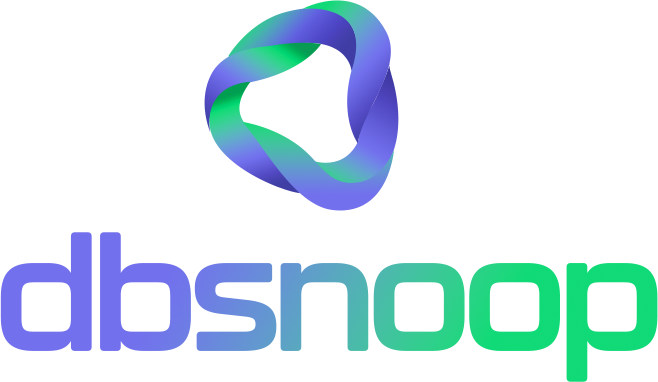

When the Database Stops, the Whole Business Stops
If you’ve ever lived through a chaotic night because of a frozen database, you know exactly what’s at stake. Notifications start firing, the CFO calls demanding answers, and the entire team scrambles against the clock. In this scenario, troubleshooting stops being just a technical activity and becomes a matter of survival for the business.
But there is a clear difference between teams that only react to fires and those that master the operation — and it starts with understanding what high-performance IT managers know (and do) about database troubleshooting.
The Mindset of High-Performance Managers
High-performance managers don’t see troubleshooting as an isolated process. For them, it’s part of a continuous operational resilience strategy.
They know that:
- Downtime costs more than the technical team’s overtime.
- Performance is not a bonus; it’s a requirement for competitiveness.
- Environment visibility is as critical as backups or security.
These professionals transform troubleshooting into a structured, repeatable, and increasingly predictive process.
The difference isn’t having a senior DBA with superpowers, but creating smart processes supported by the right tools.
Why Conventional Troubleshooting Doesn’t Work Anymore
The traditional model — where you wait for the error to happen and then investigate — doesn’t scale in the era of distributed environments, microservices, and increasingly critical databases.
Without a complete view, you get stuck with symptoms:
- Slow queries with no apparent cause.
- Intermittent locks that vanish when you try to check them.
- I/O spikes that leave no trace in logs.
Manual troubleshooting becomes Russian roulette. You fix the problem today and it comes back tomorrow — or worse, appears somewhere else.

What They Do Differently
The first differentiator is visibility.
High-performance managers have a real-time map of the database’s behavior. They see:
- What’s running.
- The impact of each query.
- Locks, deadlocks, and resource consumption.
- Trends before they become bottlenecks.
They don’t wait for the phone to ring. They monitor indicators that point to failure risk before it impacts the business.
Another key point is correlation. It’s not enough to know the CPU spiked — you need to understand which query, from which application, triggered by which service, caused that problem.
Processes That Anticipate Chaos
High-performance teams operate with rituals that include:
- Daily analysis of performance trends.
- Periodic reviews of the database’s top waits.
- Stress tests on features before deployment.
- Intelligent alerts focused on real risk, not noise.
Troubleshooting stops being an emergency and becomes part of the operational culture.
Technology as a Strategic Ally
Tools like dbsnOOp Flightdeck are not just supports — they are pillars of this operating model. They enable:
- Contextual visibility of queries, locks, I/O, and resources.
- Behavior analysis by environment, cluster, and application.
- Generation of actionable insights for technical teams and managers.
The result? Less firefighting, more operational intelligence. The team doesn’t run to put out fires — it acts so they never start.

Benefits That Go Far Beyond the DBA
When troubleshooting is well done, the positive impact spreads throughout the business:
- Drastic reduction in downtime.
- SLAs consistently met.
- Fewer crisis meetings.
- More team time dedicated to evolution, not remediation.
- Improved relationship with business areas and the CFO.
The New Rule of the Game
High-performance IT managers understand that troubleshooting is not a last-minute rescue — it’s a continuous discipline that protects the business, reduces risks, and generates efficiency.
If your operation still works in reactive mode, maybe it’s time to take a step further. It’s not about hiring more people, but operating smarter.
dbsnOOp Flightdeck was designed exactly for that: to provide total database visibility, anticipate bottlenecks, and turn troubleshooting into a competitive advantage.
Want to understand how this works in practice? Schedule a meeting with our specialist or watch a demo now.
Schedule a demo here.
Learn more about Flightdeck!
Learn about database monitoring with advanced tools here.
Visit our YouTube channel to learn about the platform and watch tutorials.


